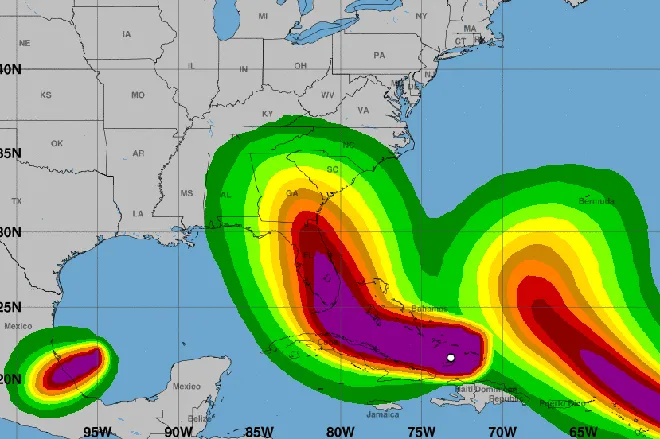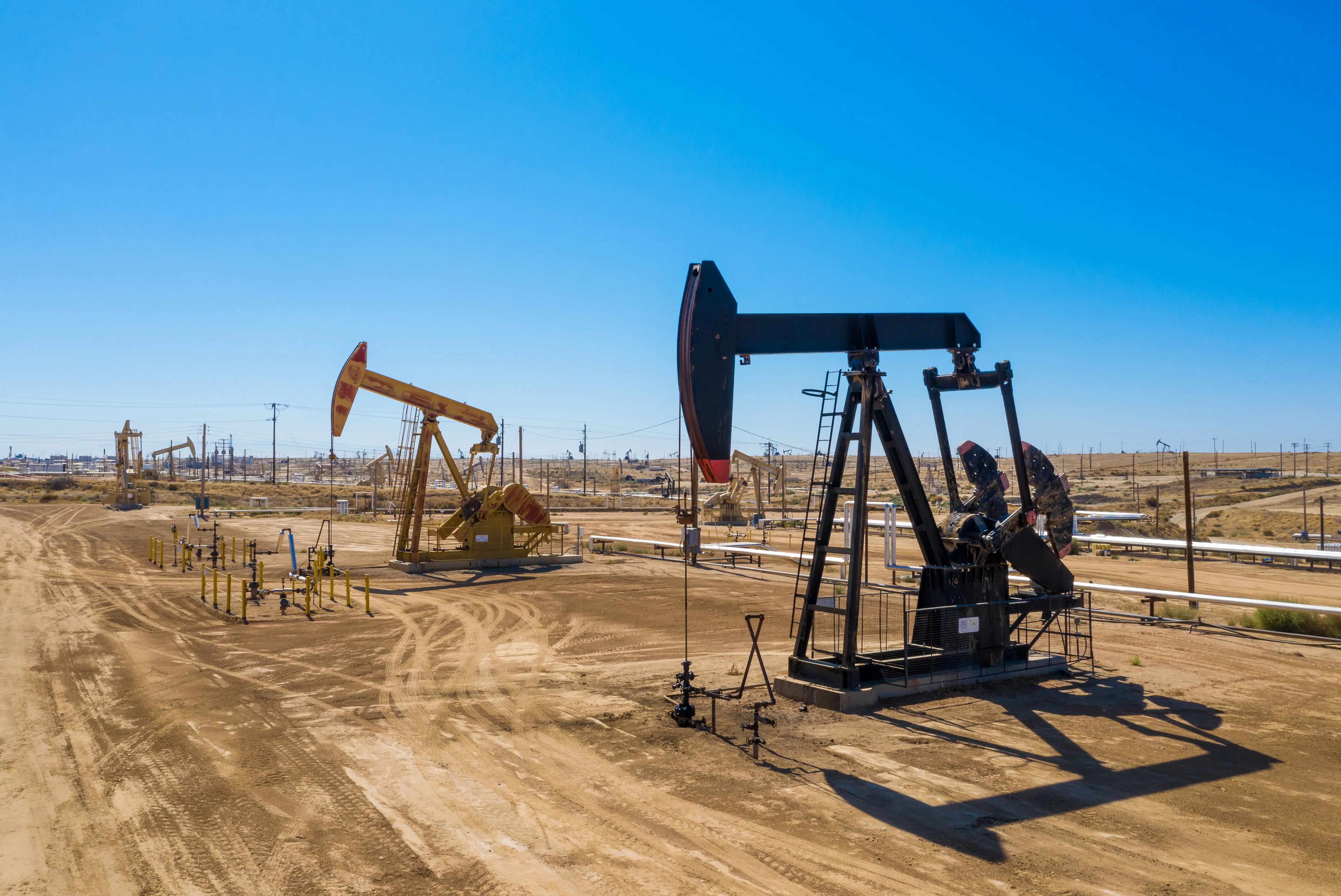
U.S. exports of oil and petroleum reached all-time high in decades
(The Center Square) – As gas and other energy costs remain high for Americans, the U.S. exported a record volume of oil and petroleum products during the week ending April 15, according to weekly imports and exports data published by the U.S. Energy Information Administration.
During the week ending April 15, U.S. crude and petroleum exports reached an all-time weekly high of 10.6 million barrels/day compared to total imported 7.69 million barrels/day. Total U.S. exports outweighed total imports by the largest amount since 1990, according to the report.
During the same week, U.S. crude stocks also fell by more than 8 million barrels, from 421 million barrels to 413 million barrels, according to EIA’s weekly stocks report.
Record high exports of U.S. oil and petroleum products reflect an increased demand as some countries attempt to lessen their energy dependence on Russia. Russia has been funding its invasion of Ukraine through the sale of its oil and petroleum products which many nations have depended on for years.
“The U.S. is becoming the energy supplier of last resort after Russia’s invasion of Ukraine drove buyers to turn to it for everything from crude to motor fuel and liquefied natural gas,” Bloomberg News reported.
Increased exports in oil, petroleum products and diesel, “across the board is also helping to drain inventories in the U.S. and elevating prices,” Bloomberg added.
In an attempt to offset soaring energy prices for low-income Americans, the Biden administration announced it was making available another $385 million to states through the Low Income Home Energy Assistance Program (LIHEAP). This is in addition to the $4.5 billion allocated through the American Rescue Plan. It’s also in addition to the first $100 million installment of a five-year, $500 million investment in LIHEAP from Biden’s Infrastructure bill, the White House says.
The LIHEAP subsidy assists low-income Americans who can’t pay their energy bills by providing funding for energy crisis assistance, weatherization and energy-related home repairs.
The Biden administration also announced it was making available only 20 percent of eligible acreage for oil and natural gas production for leasing on federal lands instead of encouraging U.S. domestic production and making all eligible acreage available.
The administration also announced it is releasing an unprecedented 180 million barrels of oil from the Strategic Petroleum Reserve over a period of six months “to respond to Putin’s price hike at the pump.”
Critics counter that gas prices reached seven-year highs last year well before Russia invaded Ukraine.
Experts also note that releasing oil through the SPR isn’t a long-term solution, doesn’t make a dent in increasing supply, and instead depletes a reserve only intended to be used during an emergency during wartime. The reserve was built up to historic levels under the Trump administration. Under the Biden administration, it’s been depleted as gas prices continue to rise.
Putting Americans into further debt through increased spending won’t help low-income Americans, but hurt them and all Americans over the long run, critics argue. Offering energy subsidies to some Americans doesn’t address the root cause of rising prices, they add.
As of April 21, the domestic benchmark of WIT was $10.389 a barrel, a 1.3 percent increase, EIA reports. The international benchmark of Brent crude was $107.2, a 2 percent increase. Louisiana Light was $106.64 a barrel, a 2.8 percent increase.
Wholesale petroleum spot prices as of April 21, for RBOB gasoline (refined crude oil that is more expensive to refine) was $3.33/gallon, a 0.8 percent increase, EIA reports. The wholesale spot price for RBOB gasoline in the Gulf Coast was $3.24/gallon, a 0.8 percent increase, and in Los Angeles, $3.45/gallon, a 1.5 percent increase, EIA reports.















